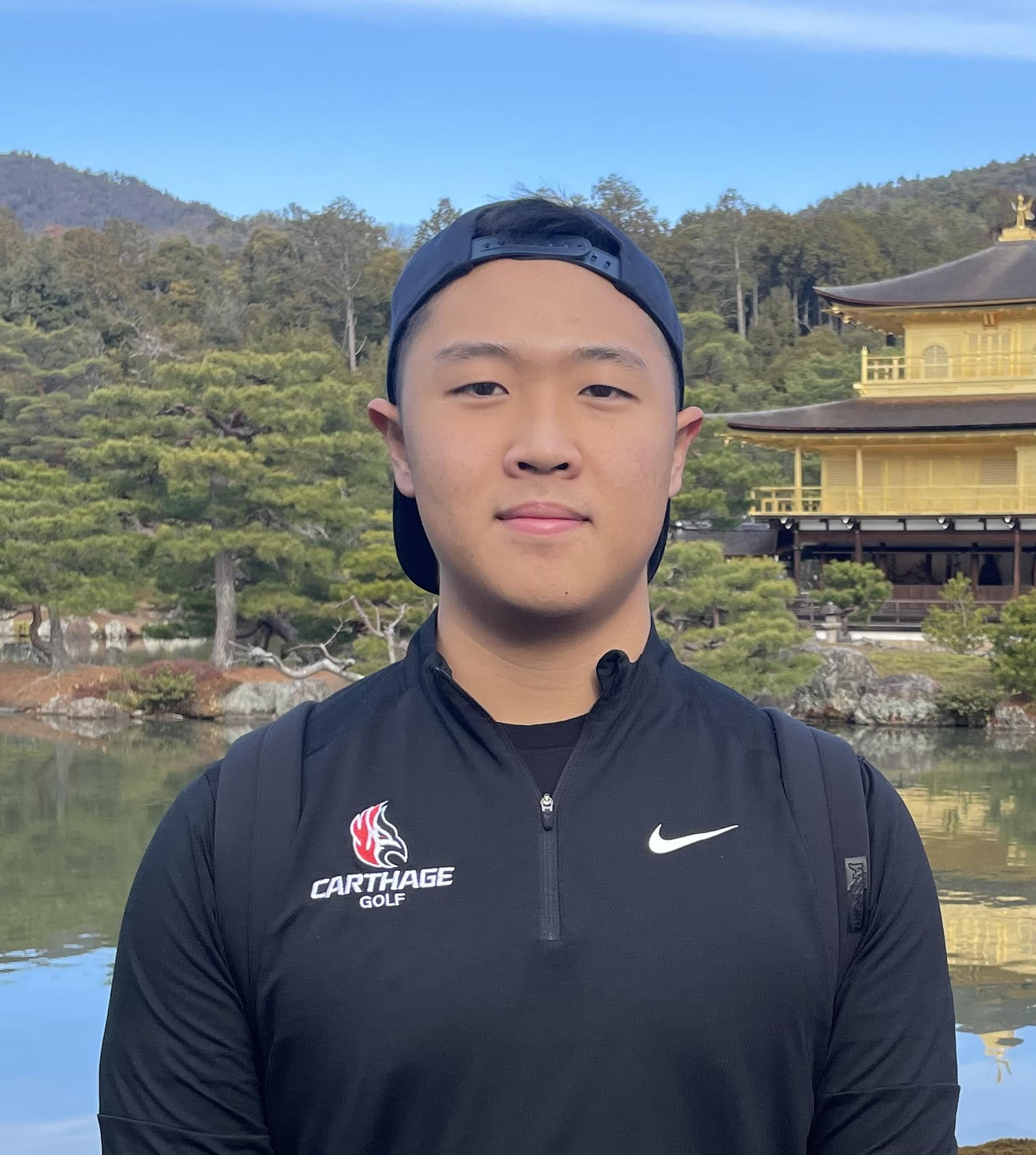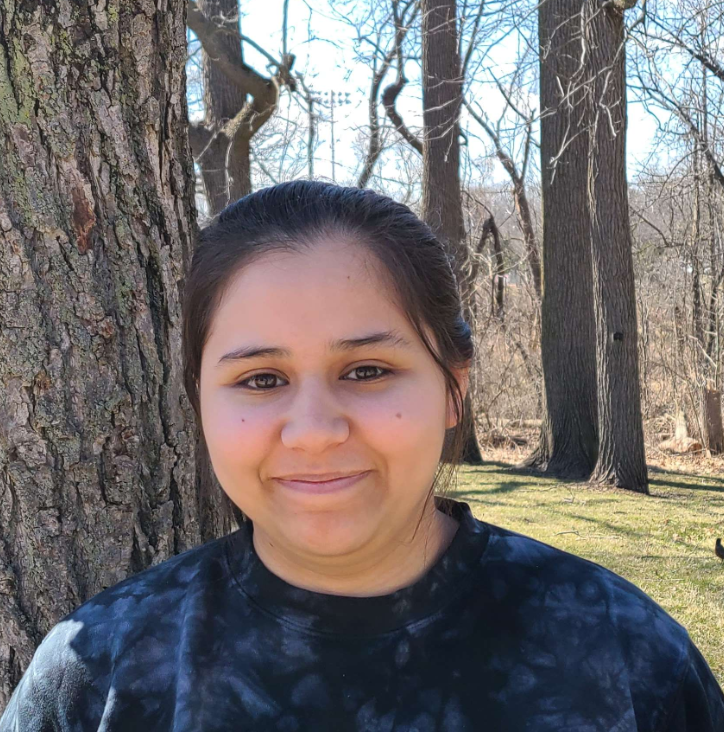Below is a summary of the abstract you submitted. Presenting author(s) is shown in bold.
If any changes need to be made, you can modify the abstract or change the authors.
You can also download a .docx version of this abstract.
If there are any problems, please email Dan at dar78@pitt.edu and he'll take care of them!
This abstract was last modified on March 18, 2024 at 1:03 p.m..

Of the 19 phages isolated at Carthage College, two Microbacterium phages, HankSprout (EA1) and Onika (EC), have been annotated and further characterized using bioinformatic analyses and wet lab approaches. Both phages lack integrase genes suggesting lytic plaque morphology. Onika produces lytic plaques, but HankSprout’s plaques are turbid. Although both phages’ genomes have extensive similarity with other members of their cluster, distinct differences have been identified. Both phages contain no frameshift in the tail assembly chaperone similar to other members of the EA1 and EC clusters. HankSprout is unique because of its orpham at gene 8, two genes downstream of the major capsid gene. There appears to be a potential mutation in the region between the orpham and the next open reading frame resulting in a truncated version of gp 9 in HankSprout, with the only other member of HankSprout’s gp9 pham found in phage JeriBeth. All of Onika’s genome is transcribed from left to right and includes zero orphams. Onika has some variation in the front end of the genome to its closest relative, Hermeonysus. Unlike most annotated phages, a significant stretch of small ORFs are located between the terminase and portal genes- gp 4-18- which have no known function at this time. This region appears to be conserved across other EC phages with some variation in the quantity and size of the ORFs. We found evidence supporting membrane proteins downstream of endolysin that have not been annotated for other phages in this cluster. Further investigations into possible lysogen formation by HankSprout and independent bioinformatic-based projects focusing on phylogenetic relationships and other genomic characteristics are being performed.


